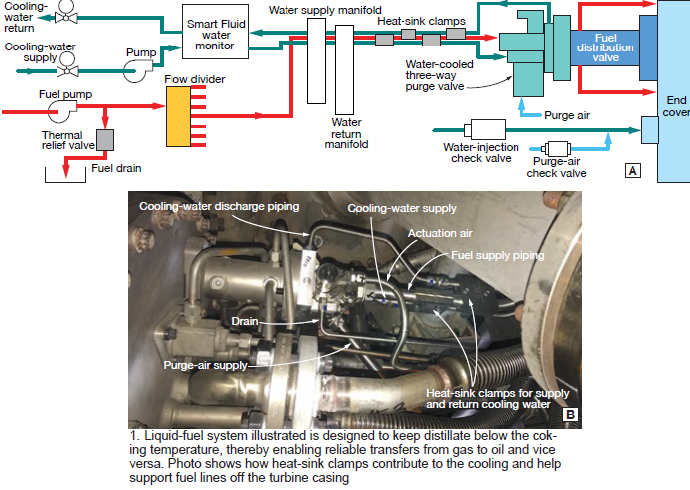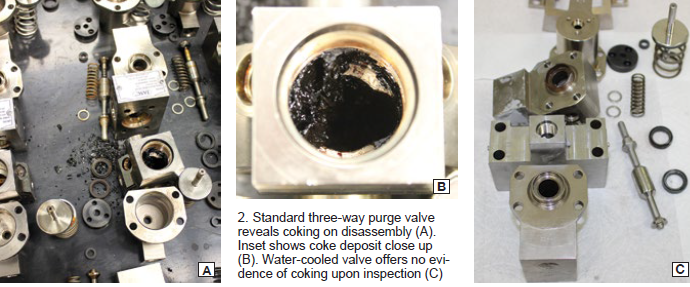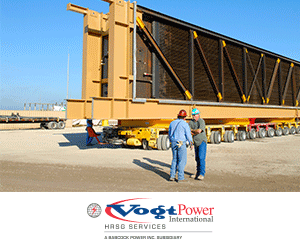Reliable operation of dual-fuel gas turbines on oil demands that owner/operators protect against coking of distillate in fuel-system components. Active cooling is one solution available to users for assuring both reliable starts on liquid fuel and reliable fuel transfers from gas to oil.
Recall that stagnant fuel in supply lines not protected against heat radiated from the gas-turbine casing transitions to solid coke over time. In earlier stages of the coking process a tar-like substance is created that fouls check valves, coats fuel-nozzle passages, and builds up on the inside surface of oil piping. Case in point: Key components of liquid-fuel systems on many dual-fuel 7FA gas turbines are located in a 500F environment, double the nominal 250F temperature at which coking of distillate begins.
JASC, Tempe, Ariz, has been at the forefront of industry efforts to improve the reliability of liquid fuel systems for well over a decade. The company’s subject-matter expert, Schuyler McElrath, told the editors, “Active cooling of the fuel supply system has been a fundamental component of our technology and has demonstrated the ability to improve reliability.”
Until recently, owner/operators upgrading to active cooling were required to run on liquid fuel at least once a month to maintain system reliability. But the integration of JASC’s heat-sink clamp into the fuel-supply system eliminates the need for monthly test runs at considerable saving in operating expenses. The drawing in Fig 1 illustrates where the water-cooled heat-sink clamp is installed and the photo shows how it supports fuel piping off the hot casing.
Note that the three-way purge valve in Fig 1 is water-cooled, which is critical for preventing coke formation. This is important for achieving valve refurbishment intervals of 24,000 to 32,000 hours consistent with industry norms for hot-gas-path inspections.

The current maintenance interval for uncooled or fuel-cooled three-way purge valves is annual and not related to operating hours. Water cooling can be added during refurbishment of uncooled valves with bolt-on hardware. Existing turbine purge air, liquid fuel, instrument-air piping, and valve flange connections remain the same, making the conversion economical for the benefits gained.
Fig 2 shows the coke buildup you can expect in the fuel inlet of an uncooled valve after several months of gas operation versus the “like-new” condition of a water-cooled valve recently overhauled. The latter illustrates the effectiveness of water cooling on the first 7FA equipped with both the three-way purge valve shown in Fig 2 and heat-sink clamps.

The unit operated on liquid fuel after every 25 runs on natural gas during the 2017 summer season and exclusively on liquid fuel during the winter. Based on the coke-free condition of the valves inspected, JASC has advised the turbine owner to operate on liquid fuel after every 50 runs on natural gas during the 2018 summer season.









